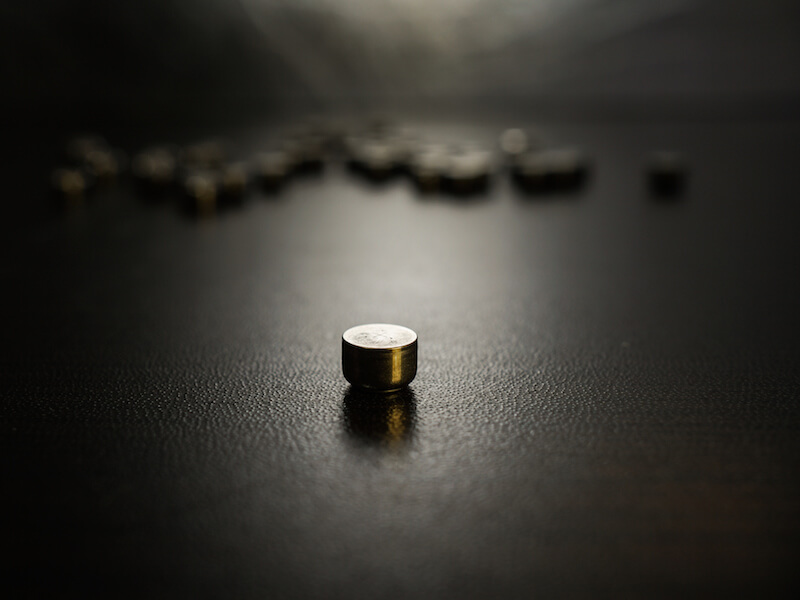
Modern technology has changed the way we power electronics of every type, from cameras to phones to music players. For years, individuals looking to address hearing loss have wished for a similar advancement, and the industry is finally recognizing the promise of a robust rechargeable hearing aid battery.
Disposable hearing aid batteries have historically been the power source of choice among manufacturers, with size 312 batteries serving as one of the more common battery types. Today, the most prominent version of these batteries is known as a “zinc-air” battery.
Disposable Hearing Aids Have a Downside
The presence of air impacts a zinc-air battery, as the name suggests. The user has to pull a little tab off the back of a 312 zinc-air battery to activate it.
The moment it is fully oxygenated, it starts to lose power. So the power is depleting even if the user isn’t actively using it.
Most users consider the length of life to be the greatest drawback of disposable batteries. Some reports have cited the standard life expectancy of a size 312 disposable battery to be from 3 and 12 days, which means users could switch out their batteries about 120 times every year.
Because of this, besides having to buy 120 batteries, the user will have to switch and correctly dispose of batteries at least twice every week. That’s most likely over $100 in batteries from a cost outlook alone.
Advancements in Rechargeable Batteries
Fortunately, for hearing aid wearers in search of another alternative, there have been profound improvements to rechargeable hearing aids that now make them a practical option.
The vast majority of people would use rechargeable hearing aids if given a choice according to various research. Over the years, these models were impractical because they didn’t hold a charge long enough. However, modern advancements now facilitate an entire day of use per charge.
Users won’t see significant cost savings by changing to rechargeable batteries, but where they will see an obvious improvement is in quality of life.
In addition to providing 24 hours of use time, these contemporary models result in less aggravation for the user, since there’s no more changing and correctly disposing of batteries. Instead, they only need to take out the battery and place them in a convenient tabletop charger.
When a disposable battery nears the end of its life it won’t run your hearing aid at full capacity. And you can’t tell how near the battery is to failing. So the batteries could die at the exact moment that a user needs them the most which could even put them in danger. A faulty battery will not only lead to a safety hazard, it could cause the user to miss key life moments.
Hearing Aids Come in Different Types
Rechargeable batteries come in numerous different materials, each offering distinct advantages. Integrated lithium-ion batteries are one alternative being used by manufacturers because of their ability to hold a 24-hour charge. You may be surprised to learn that this same type of technology is what charges and powers your cellphone.
Silver-zinc technology is another material used for modern rechargeable hearing aids. Originally, these innovative batteries were developed for Nasa’s moon missions. With this technology, even your current hearing aids can most likely be updated to run on rechargeable power. Just like lithium-ion, silver-zinc can also supply enough power to last you all day.
Some models even let you recharge the battery without removing it. For these, users will place the entire hearing aid into a charging station when they sleep or during another time when the device is not in use.
Whichever option you choose, rechargeable batteries will be significantly better than disposable batteries. You just need to do some research to decide which solution is best for your needs.
Check out our hearing aid section if you’re searching for more information about what battery would be best for you or any other info about hearing aids.
